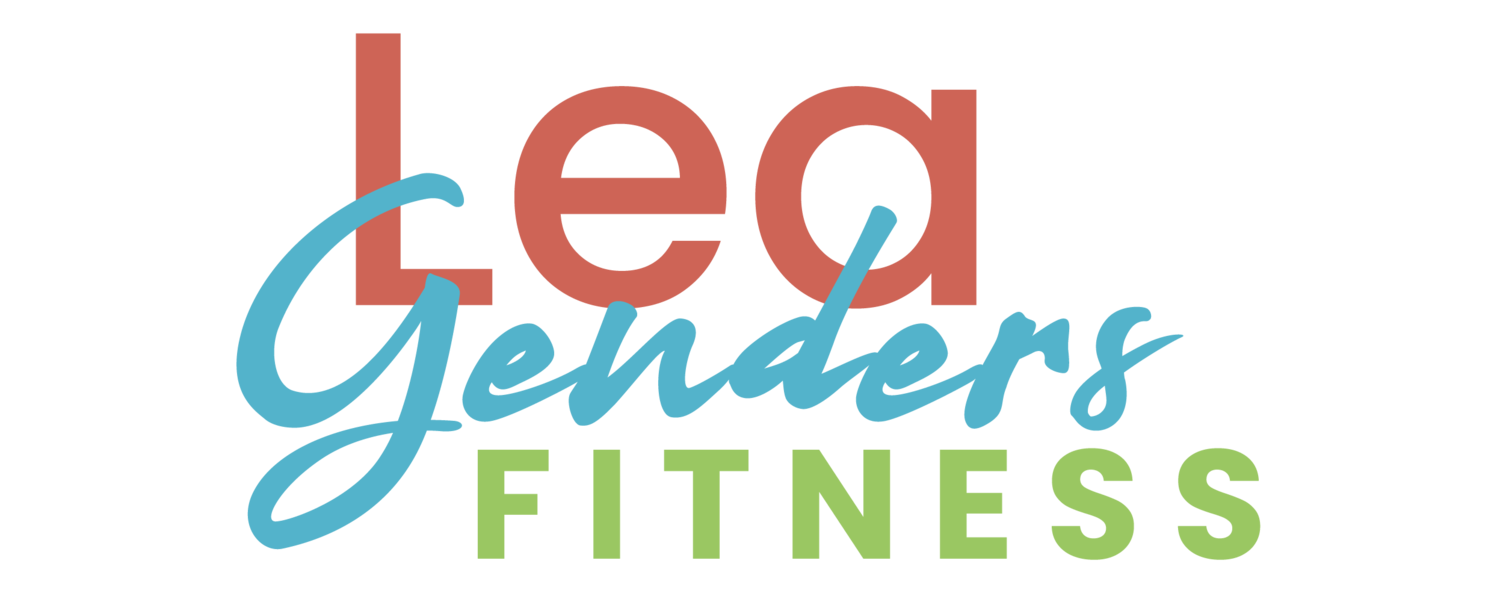I didn’t begin running until I was nearly 30 years old—often called adult-onset-athlete! I never was into sports or exercise until later in life when I started running to lose some weight and then running changed my whole life. I didn’t know then the reasons that runners need to strength train.
When I started running, I finally learned to love exercise! Even I couldn’t believe it. But then I started hearing that as a runner, it was vital that I also strength train. Just like I thought I didn’t love running when I was younger, I also thought I didn’t like strength training. Turns out, once I established a consistent practice, I learned to love strength training just as much as running—Maybe more! Who would have guessed?
I got certified as both a running coach and a personal trainer so that I can help runners perform better and reduce injury risk with strength training. If you are a runner that doesn’t love strength training (yet), the good news is that you don’t need to spend three to four hours in a gym each week. If you can squeeze in 15-20 minutes every other day, or 30 minutes a few times a week, you can reap the benefits of strength training for runners.
If you don’t prefer the gym, invest in some dumbbells that you can use at home, do exercises outside with resistance bands, or even your body weight to get the most out of runner-specific strength training.
If your goal is to improve your running, then it’s essential to focus on runner-specific strength training. Work backward from your goal, because the way you need to train to get maximally strong like a powerlifter or develop large muscles like a bodybuilder is different than the way you need to train to improve your running performance.
You get the results out of your training based on what you put into it, and different types of workouts produce different results. So hitting a local strength class at the gym, taking a cardio class, or joining a local boot camp can be great for improving fitness, but may not necessarily benefit your running in the most direct way.
General strength training has value, but runner-specific strength training improves performance and reduces injury risk. Of course, there is some carryover, if you are beginning strength training, you will get stronger, and likely develop some muscle in the process.
Still, runners strength train for different reasons; to get faster, to run longer, to avoid injury, maybe to lose fat, or to increase confidence. Runner-specific strength training can help you produce these results: Five reasons all runners need to strength train.
TO RUN FASTER
Strong muscles produce more force, which allows you to run faster. There is no downside to building stronger muscles; there is only an opportunity to improve.
Runners sometimes worry that strength training will make them bulky and will slow them down, but runner-specific strength will not put on bulk. You have to train very specifically to pack on a lot of muscle and it doesn’t happen easily or by accident. (I wish it did!)
TO RUN LONGER
A strong core, which includes all the muscles under your chest and above your thighs, allows you to hold an upright posture for a longer time. As weak muscles become fatigued, you begin to slump over, which impacts your efficiency, performance, and increases injury risk.
Building the muscles that you use to run such as your quadriceps, hamstrings, glutes, and calves can help give you the strength to run longer.
TO AVOID INJURY
Runners need to strengthen muscles in all three planes of motion. If you don’t specifically train the muscles that you don’t strengthen while running, they become weak and can lead to muscle imbalances that cause inefficient running form.
Runner-specific strength training includes training in the frontal plane (lateral side-to-side movements like a side lunge), the transverse plane (rotational actions like a lift and chop), and the Sagittal plane (forward and backward motion like a forward or back lunge).
Unilateral exercises train one side of the body at a time to help build independent strength and help prevent muscle imbalances from the right to the left side. Try single-leg deadlifts, lunges, single-arm rows for unilateral training.
TO LOSE FAT, PRESERVE MUSCLE, AND INCREASE METABOLISM
Muscle tissue burns more calories at rest than fat, which means when you build muscle, you increase your metabolism.
If you only run and don’t strength train, you may lose muscle while you lose weight. Even though the number on the scale may be lower, this loss of muscle tissue can negatively impact your running performance, decrease your metabolism, and make it harder to maintain weight loss.
Even runners who don’t need to lose weight will benefit from working to preserve their muscle mass. When you gain muscle and lose fat while maintaining approximately the same weight, you improve body composition, which will help running performance.
TO BUILD CONFIDENCE
Strength training builds confidence that translates to your running performance and life. There is no downside to getting stronger; you feel better, you look better, and you perform better. While they are other ways to build confidence, getting stronger is a sure-fire way to get there.
Need more individual help? I am opening up more spots in my online running coaching program that includes run training plans to meet your specific goals, runner-specific strength workouts, and nutrition guidance to maximize your performance.
Did you like this post? Do you know someone who might benefit? It helps me when you share with your friends and followers on Facebook, Twitter, or Pinterest.













We love to blame the scale when we don’t like the number, but the truth is, the scale isn’t the problem—it’s how we think about it. In this post, I’m breaking down why focusing on the number keeps you stuck and how shifting your mindset around the scale can change everything about how you measure progress.